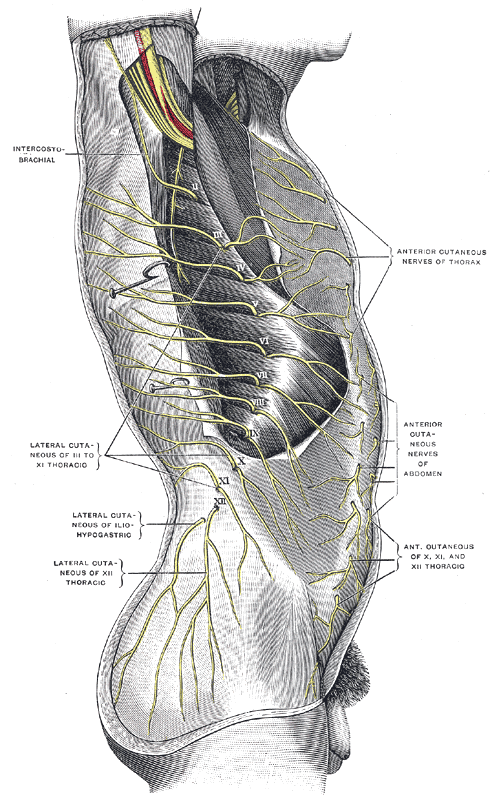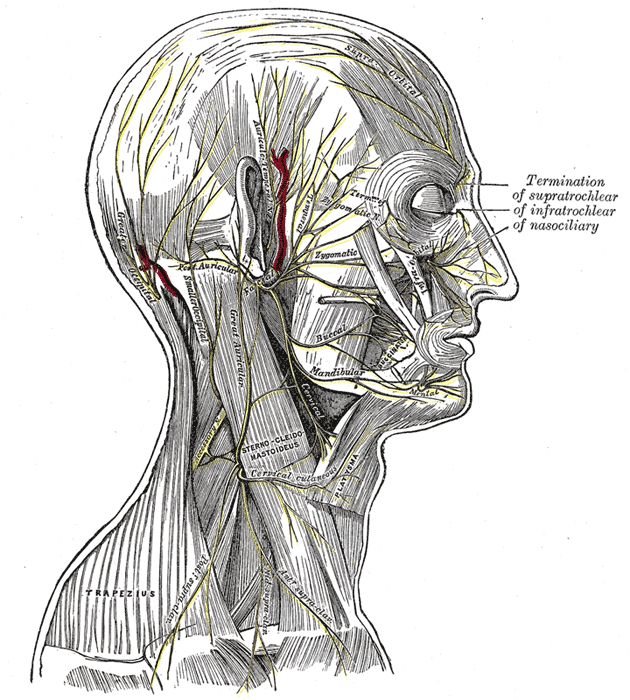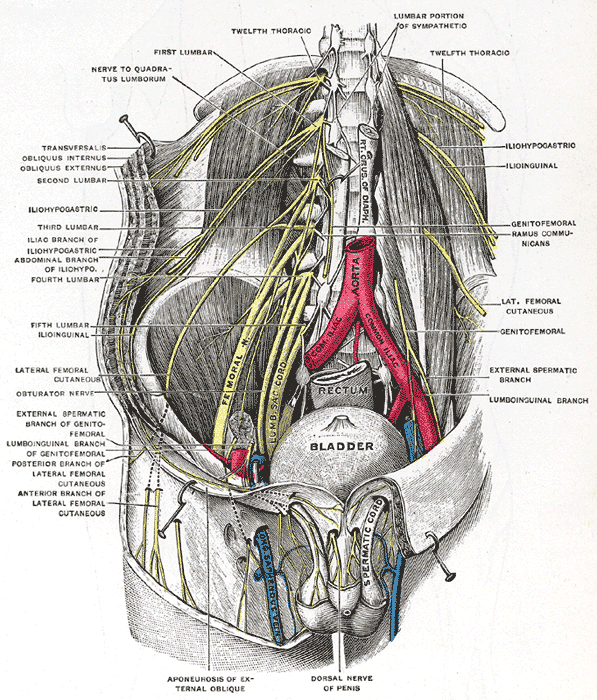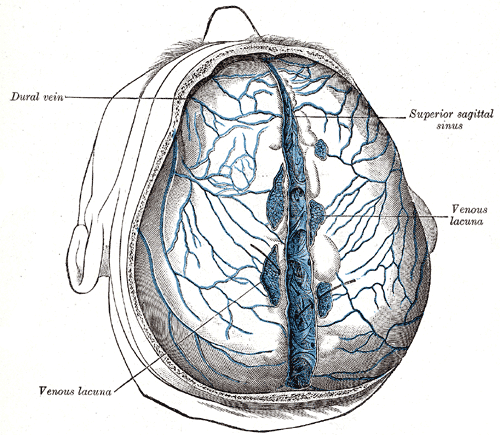Deep Palpation: Nerves, Bones, and Bubbles
- Michael Hamm

- Feb 23, 2013
- 3 min read
This weekend in NfR Spine & Ribcage II, we’re all about the deep stuff: the spinal dura, nerve roots, and all those converging fascial planes near the body’s midline. This afternoon I handed out colored pencils, and had students draw along with me 3 different cross-sections of the body.

In this schematic, everything blue is a neural axis, everything black is bone, and everything green is a “bubble”, or fascial compartment. As we went along, we were careful to name the structure typically associated with each compartment, but we emphasized the fascial compartment and its fluid content. Despite the fact that we did this right after lunch (when brains are notoriously sluggish), I think that folks began seeing some clarity that otherwise would have eluded them. And the task of drawing every little compartment (simplified of course), demonstrated not merely that “it’s all connected” but how it’s all connected.
More than anything, however, I just wanted to throw the anatomy lesson in a slow-cooker, so that facts could be synthesized and not merely learned. Because deep palpation is challenging, and it’s essential to have patience, humility, and — above all — comfort with uncertainty.
If you desire complete clarity, you might as well never touch a patient. It’s one thing to palpate nerves when they’re near the surface of the body: When embedded in the subcutaneous fascia (such as the lateral femoral cutaneous nerve) or covered by relatively squishy things (such as the sciatic nerve beneath gluteus maximus), nerves are pretty easy to feel. You just need to know what a nerve feels like (firm, springy, slippery), and where it’s located. After that, the nerves emerge under your hand with surprising clarity.
But many neural structures are buried deeper in the body, and the assumption is that they can’t be felt or precisely manipulated. In my opinion this is not true. Depth is only a temporary obstacle, and always yields to patient inquiry. Today on the white board, I tried putting it like this:
There is never anything you’re touching but skin.
There is no structure in the body you cannot contact.
Point #1 is obvious enough. Bodyworkers use a shorthand to say “I contacted the Psoas muscle” or “I placed my thumbs on the Iliac crest.” But no, you didn’t. You touched skin, and the skin transmitted force into subcutaneous fascia, which stretched and compressed until it engaged with deep fascia, which deformed and transmitted force to its contents, and back up through that chain a mechanical resistance was transmitted to the skin, and thence to your palpating fingers. When these intervening layers are relatively thin or moveable, you can ignore them and (kind of) be OK. But the deeper you go, you will need more fidelity to what’s actually pushing back.
Point #2 is tougher to argue, but in my experience, it’s absolutely true. I’ve talked before about palpatory vision, so I’ll keep this quick: As long as you know the shape and behavior of the intervening structures, you can feel the target structure with utter clarity. Put another way: deep structures only feel murky because your mental picture doesn’t match what’s actually beneath your fingers.
In this honing process, none of us are perfect. We’re all learning new subtleties — those of us still in the game — and we will be until we retire. Even the unmatched anatomist, when faced with a unique individual on the table, must keep her knowledge flexible to the particularities of this tissue, this person, this moment.

And so in the learning of palpation, it turns out to be a half-truth that you can “get it” at all, as one might solve a math problem. You never will. Instead, you must be willing to arrive, over and over again, with the palpatory task at hand. Here are some guideposts that help me arrive on a daily basis:
• The body is a water balloon. Every structure in the body was initially organized by two elements: fluid pressure and membranous tension. Include them in your mental picture, and the details resolve better.
• Depth is not pressure. The layer you contact is not dependent on how hard you push, but on how you engage the intervening structures.
• When first learning, separate depth from shear. Sink to the desired layer, then engage it.
• Everything that can be felt, can be felt with greater ease. Every time you’ve reached a target structure, adjust your body mechanics and hand shape, and breathe.
• What you feel is changed by you feeling it. Don’t expect a static landscape; it’s not what it was two seconds ago.
I love it when I get ambitious students. Folks who lean in to the demo, eyes fixed on the prize of a new skill, gobbling up ideas. But when it comes to palpation, take it from me: you need to slow your roll. Stop pushing, start sinking, and when possible, get lost.








Comments